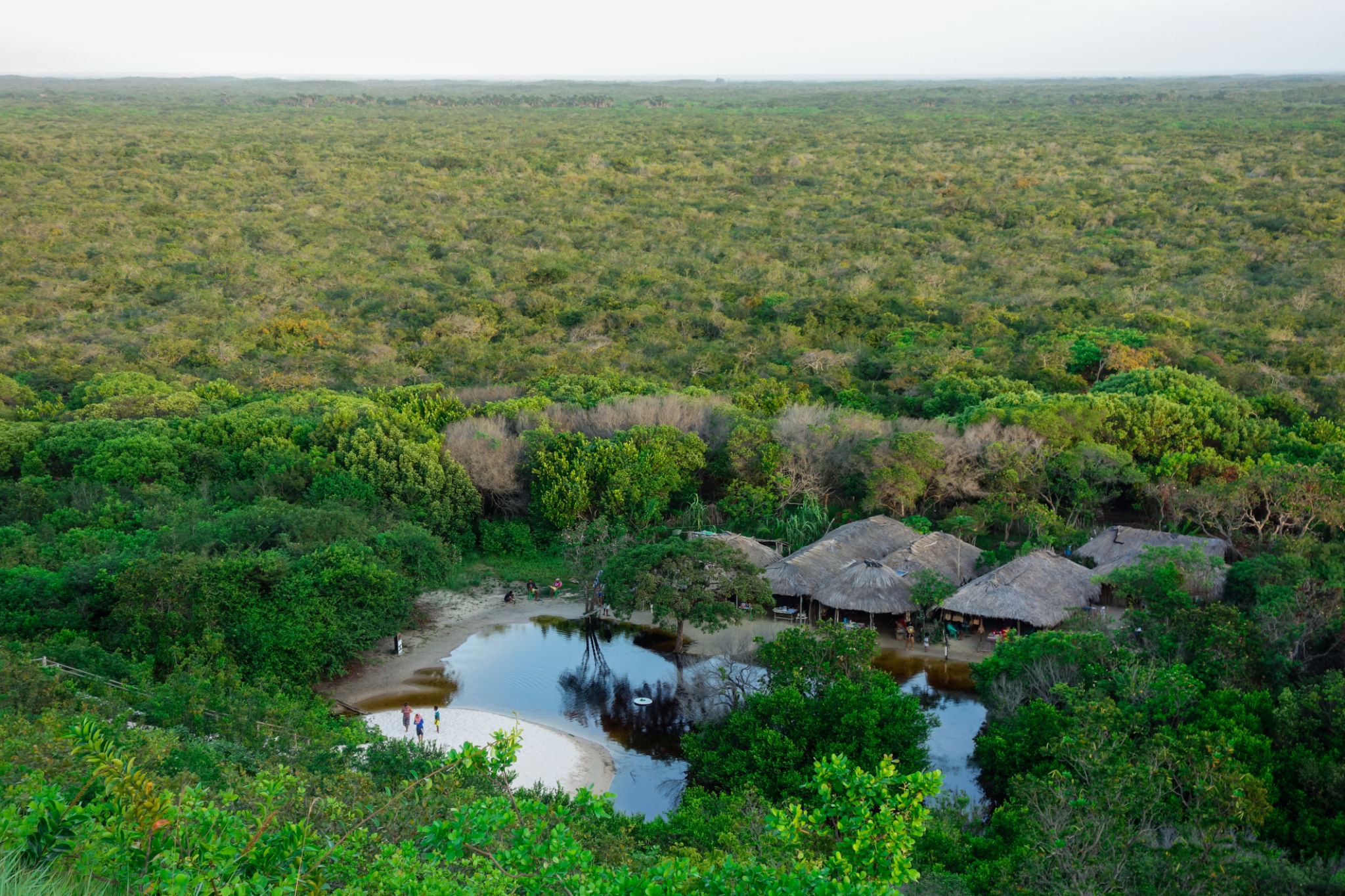Common Misconceptions About Tribal Land Use and Environmental Regulations
Understanding Tribal Land Use
When discussing tribal land use, it's important to recognize that many misunderstandings exist about how these lands are managed and utilized. A common misconception is that tribal lands are freely available for any use by the tribes without any regulations. In reality, tribal lands are subject to a variety of rules and guidelines, both from the tribes themselves and external authorities.
Tribes have their own governing bodies that oversee land use, ensuring that development and utilization align with their cultural values and long-term sustainability goals. These regulations are often more stringent than those on non-tribal lands, reflecting a deep commitment to preserving natural resources and cultural heritage.

The Role of Federal and State Regulations
Another common misconception is that federal or state laws do not apply to tribal lands. While tribes have significant autonomy, federal laws still play a crucial role in governing environmental and land use practices on tribal lands. The National Environmental Policy Act (NEPA) and the Endangered Species Act are examples of federal regulations that apply to tribal lands, ensuring environmental protection and conservation efforts.
However, it's essential to note that tribes often collaborate with federal agencies to develop policies that respect tribal sovereignty while meeting environmental standards. This cooperation ensures that both parties work towards sustainable development and conservation.

Tribal Sovereignty and Environmental Stewardship
Tribal sovereignty is a cornerstone of Native American self-determination, leading to another misconception: that tribes do not prioritize environmental stewardship. On the contrary, many tribes have a profound connection to their land and prioritize its health and sustainability above all else.
Tribal environmental programs are often at the forefront of conservation efforts. They integrate traditional ecological knowledge with modern science to manage resources effectively. This approach not only preserves the environment but also maintains cultural practices tied to the land.
Dispelling Myths About Resource Management
There is a prevailing myth that tribal resource management lacks sophistication or modernity. In fact, tribes employ advanced techniques in resource management, combining traditional knowledge with cutting-edge technology to monitor, protect, and utilize their resources wisely.
For instance, many tribes use GIS mapping technology to track land changes over time, ensuring that their land use plans are effective and sustainable. These technologies enable tribes to make informed decisions that balance development needs with environmental preservation.

Collaboration for Sustainable Futures
A final misconception is the belief that tribes operate in isolation when managing their lands. The truth is that successful land and resource management often involves collaboration with neighboring communities, governments, and organizations.
This collaborative approach allows for shared knowledge and resources, leading to more effective solutions for environmental challenges. By working together, tribes and external stakeholders can achieve sustainable development goals that benefit all parties involved.
Overall, understanding these common misconceptions is crucial for appreciating the complexity and sophistication of tribal land use and environmental regulation. By acknowledging the autonomy and expertise of tribes, we can support their efforts in preserving both cultural heritage and natural environments for future generations.